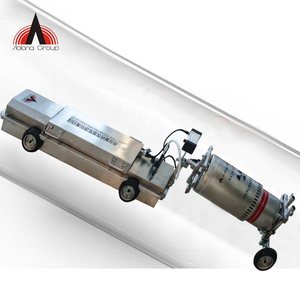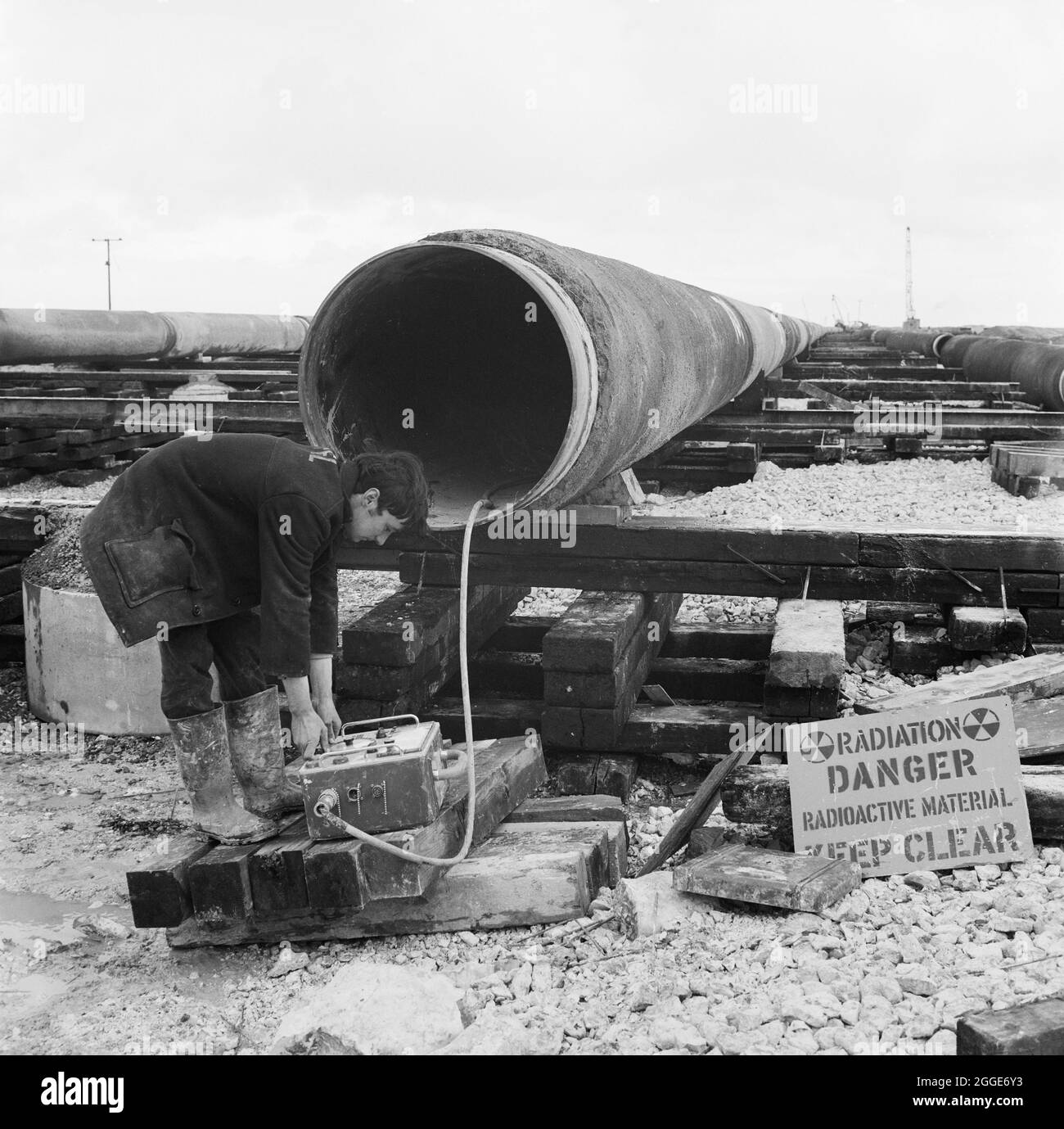Comprehensive Overview to Pipeline Welding Assessment: Guaranteeing Stability and Safety And Security in Pipeline Building And Construction and Upkeep
The stability and safety and security of pipes are extremely important in today's infrastructure landscape, highlighting the essential role of welding evaluation in pipe construction and maintenance. Pipeline Welding Inspection. The intricacies entailed in welding inspection raising significant questions about market criteria and the evolving innovations that might redefine these methods.

Relevance of Welding Examination
Welding examination plays a crucial role in guaranteeing the honesty and security of pipe systems. It works as a fundamental procedure that confirms the high quality and reliability of welded joints, which are typically the most prone factors in pipeline building and construction. With organized analysis, examiners can recognize possible flaws such as fractures, porosity, and incomplete fusion, which might endanger the architectural stability of the pipe.
The relevance of welding evaluation extends past simple conformity with industry requirements; it also safeguards public health and the atmosphere. Thorough assessments can improve the durability of pipe systems, decreasing the demand for pricey repair services and downtime.
In addition to making certain safety and compliance, welding assessment promotes a society of quality guarantee within organizations. By focusing on evaluation throughout the welding process, business can build a track record for integrity and excellence, inevitably leading to boosted customer self-confidence and organization possibilities (Pipeline Welding Inspection). Hence, the significance of welding examination can not be overstated in the context of pipe construction and upkeep
Key Welding Processes
Different welding procedures are utilized in pipe construction, each with its own advantages and applications. Among the most commonly utilized techniques are Protected Metal Arc Welding (SMAW), Gas Tungsten Arc Welding (GTAW), and Gas Metal Arc Welding (GMAW) SMAW is favored for its adaptability and capability to do well in various environmental conditions, making it ideal for area applications.
GTAW, usually described as Tungsten Inert Gas (TIG) welding, is recognized for its ability to generate high-quality welds with excellent control over heat input, making it optimal for thin-walled pipes and stainless steel materials. GMAW, or Steel Inert Gas (MIG) welding, provides high deposition rates and is efficient for large-scale tasks, usually utilized in the construction of pipelines in regulated atmospheres.
Furthermore, Immersed Arc Welding (SAW) is made use of for its deep infiltration and high productivity, particularly in the building and construction of large-diameter pipes. Each of these processes adds to the total stability and safety and security of pipe buildings, enabling welders to pick one of the most proper technique based on product type, task needs, and ecological problems. Recognizing these essential welding processes is essential for efficient pipe welding examination.
Usual Defects and Their Influence

Porosity, defined by small gas pockets entraped within the weld, weakens the product and can bring about leakages. Cracks, which might take place read here as a result of thermal stress and anxieties or inappropriate cooling, can result and circulate in structural failure under stress. Damaging, where the base metal is eroded along the weld grain, minimizes the efficient cross-section of the pipeline, raising the risk of crack.
Incomplete combination happens when the weld metal does not appropriately bond with the base metal, causing weak areas that may fail under stress and anxiety. Slag incorporation, the entrapment of non-metallic material within the weld, can additionally damage the joint's stability. Identifying and addressing these flaws early in the building and construction procedure is critical to making sure the long-term integrity and security of pipe systems, read this post here thus guarding both the atmosphere and the facilities.
Evaluation Strategies and Tools

Aesthetic assessment is the very first line of defense, permitting examiners to identify surface area irregularities, misalignment, or various other visible flaws. Ultrasonic testing uses high-frequency acoustic waves to discover internal problems, providing exact depth dimensions and defining issues without damaging the weld. Radiographic screening utilizes X-rays or gamma rays to generate pictures of the weld, enabling the identification of inner voids, splits, or inclusions.
Magnetic fragment testing is especially effective for finding surface area and near-surface stoppages in ferromagnetic materials. This strategy involves applying a magnetic area and fine iron bits to the weld, revealing problems via the accumulation of bits at imperfection sites.
Along with these strategies, specialized devices such as automated ultrasonic screening equipment and electronic radiography systems improve inspection precision and performance, guaranteeing a comprehensive examination of pipe welds during construction and maintenance.
Finest Practices for Conformity
Adhering to finest techniques for conformity in pipe welding evaluation is vital for ensuring the integrity and security of the framework. Organizations needs to develop a thorough quality management system that aligns with sector requirements such as ASME, API, and AWS. This includes establishing detailed welding treatments that specify the products, methods, and qualifications needed for welders.
Normal training and qualification of examination employees are crucial to maintain high competency degrees. Assessors must know with various non-destructive testing (NDT) methods, consisting of ultrasonic screening, radiographic testing, and aesthetic examination, to successfully recognize prospective defects.
Documents plays a crucial function in compliance; maintaining exact records of inspections, weld treatments, and workers qualifications helps to make certain traceability and responsibility. Scheduled audits and testimonials of welding methods should be conducted to determine locations for improvement and make certain adherence to established methods.

Conclusion
In final thought, the execution of strenuous welding evaluation methods is paramount for ensuring the honesty and safety of pipe building and upkeep. Constant improvement in assessment processes will certainly contribute to the long life and dependability of pipe systems, underscoring the essential function of welding inspection in the sector.
The integrity and security of pipes are critical in today's framework landscape, underscoring the essential role of welding assessment in pipe construction and upkeep. Recognizing these vital welding procedures is essential for efficient pipe welding examination.
Sticking to best methods for conformity in pipe welding inspection is important for making certain the stability and safety and security of the infrastructure.In conclusion, the application of extensive welding examination protocols is vital for making certain the integrity and safety of pipeline construction and maintenance. Continual renovation in evaluation procedures will certainly add to the durability and dependability of pipe systems, emphasizing the important duty of welding assessment in the market.